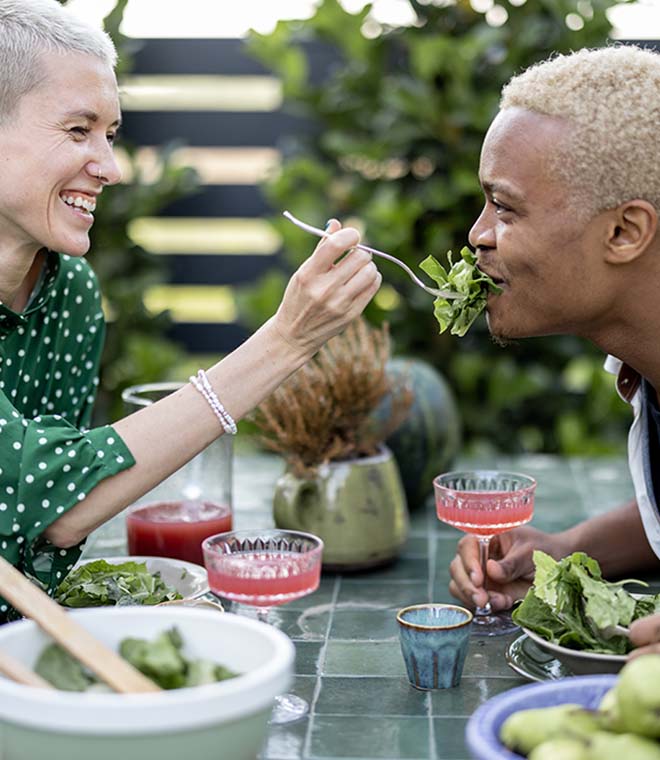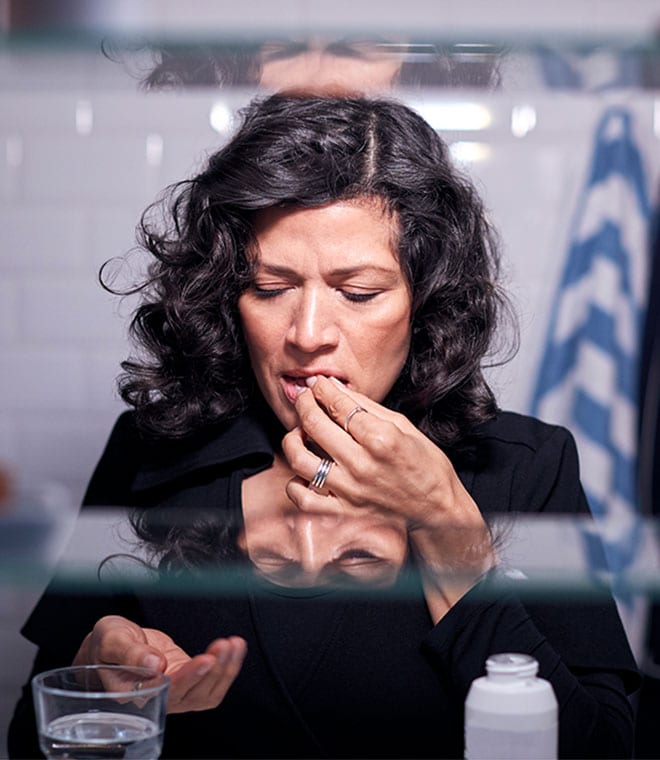Health
What are the different cold sore stages?
By Anna H. Chacon, MD, Fellow of the American Academy of Dermatology Sep 10, 2024 • 7 min
Cold sores, also known as fever blisters, are caused by the herpes simplex virus, usually herpes simplex virus type 1 (HSV-1). Nearly 50% to 80% of American adults have this virus, but only about 20% to 40% of people who have HSV-1 get cold sores.
Once you have the virus, it stays in your body permanently, and it can cause a cold sore at any time during your life. Some people with HSV-1 rarely get cold sores, while others may get them often.
Cold sores typically occur in stages, but the duration of each stage and the severity of cold sore symptoms can vary. A cold sore typically lasts for one to three weeks. Although you may not know how long a particular cold sore or its stages will last, understanding what the stages are and what to do at each stage can help you reduce the severity, duration and discomfort of the sore.
How do cold sores start?
Typically, a cold sore will make its arrival known up to 48 hours before you can actually see it. Cold sores often begin with a tingling or itching sensation in the location where they will form.
As soon as you feel this sensation, consider applying a cold sore cream containing docosanol, acyclovir or other antiviral medication. These antiviral creams may help reduce the severity and shorten the healing time of the cold sore. The sooner you apply it, the better it can work.
Applying an SPF 30 lip balm year-round and using it any time you’re outside may help prevent and heal cold sore blisters. Make sure to throw away any lipsticks or other direct application products you may have used during an outbreak to prevent re-infection or spreading the virus.
The blistering stage
A few hours to a couple of days after the initial tingling, a slight bump may start to emerge, and one or more small blisters will form in a cluster. These blisters are filled with a clear liquid, and the skin underneath and around the sore will be red. A cold sore in the early stages can be particularly tender and painful, and depending on where it’s located, it may be difficult or painful to eat, drink or even talk.
Don’t touch the sore, and try to avoid eating spicy, acidic, salty or hot foods. During this phase, continue applying the cold sore cream as directed on the package or by your healthcare provider. You can take an over-the-counter pain reliever like acetaminophen or ibuprofen for the pain, or you can use an over-the-counter topical anesthetic that contains lidocaine or benzocaine.
The weeping stage
After a few days, the blisters will break open and weep the liquid inside. The surface of the sore will be raw and inflamed, and it may be very painful.
During this stage, keep the sore clean and dry, and avoid touching it or picking at it. Continue applying cold sore medication as directed and use oral or topical pain relievers as needed. A cool compress can also help reduce the pain.
The crusting stage
Soon after the blisters break open, they’ll begin to dry and crust over. The crust may appear yellowish or brownish, and the sore may feel tight. You may be tempted to pick off the crust, but it’s important to leave it alone as the crust will only form again, which may prolong this stage or lead to scarring.
During the crusting stage, continue keeping the sore clean and applying the cold sore cream as directed. Use pain relievers if you’re still experiencing pain.
The scabbing and healing stage
After the blisters crust over, a scab will begin to form. The scab is typically dark brown or black, and it’s often thick and large. This is when cold sores cause the most embarrassment, but the good news is that scabbing is the phase where healing occurs. Over the next several days to a week or so, the scab will begin to diminish in size and flake away. Don’t try to help it along. Picking at the scab, even if it’s becoming detached from the sore, is likely to cause bleeding, irritation and new scabbing.
During the scabbing and healing stage, you may keep the scab soft by applying a hydrocolloid gel, aloe vera gel or other emollient a few times a day to help prevent it from splitting and bleeding when you bump it against something or smile too wide. There also cold sore patches available, which usually contain a hydrocolloid ingredient that may help with healing.
When is a cold sore no longer contagious?
A cold sore is likely more contagious when it is oozing, but the virus can spread from saliva, even if you don’t have any visible blisters or sores. Once cold sores appear, keep your hands clean and wash them thoroughly before and after applying ointments. Don’t kiss anyone or share utensils, lip balm or other items that might come into contact with the virus until your cold sore is completely gone.
If you frequently get cold sores or they’re particularly painful or long-lived, see your healthcare provider. Although there is no cure for cold sores and nothing can completely prevent their occurrence, a prescription oral antiviral medication can help reduce the frequency, intensity and pain of these sores.
You should also visit your healthcare provider if you get cold sores near your eyes, if they spread to another part of your body or if you have another health condition that may lead to complications such as a weakened immune system or eczema.
Updated by Julie McDaniel, MSN, RN, CRNI, September 2024.
Sources:
- https://medlineplus.gov/druginfo/meds/a606001.html
- https://www.aad.org/public/diseases/a-z/cold-sores-treatment
- https://www.ncbi.nlm.nih.gov/pmc/articles/PMC9867007/
- https://kidshealth.org/en/teens/skin-tips.html
- https://www.mountsinai.org/health-library/condition/herpes-simplex-virus
- https://www.mayoclinic.org/diseases-conditions/cold-sore/diagnosis-treatment/drc-20371023
- https://familydoctor.org/cold-sore-treatment/



